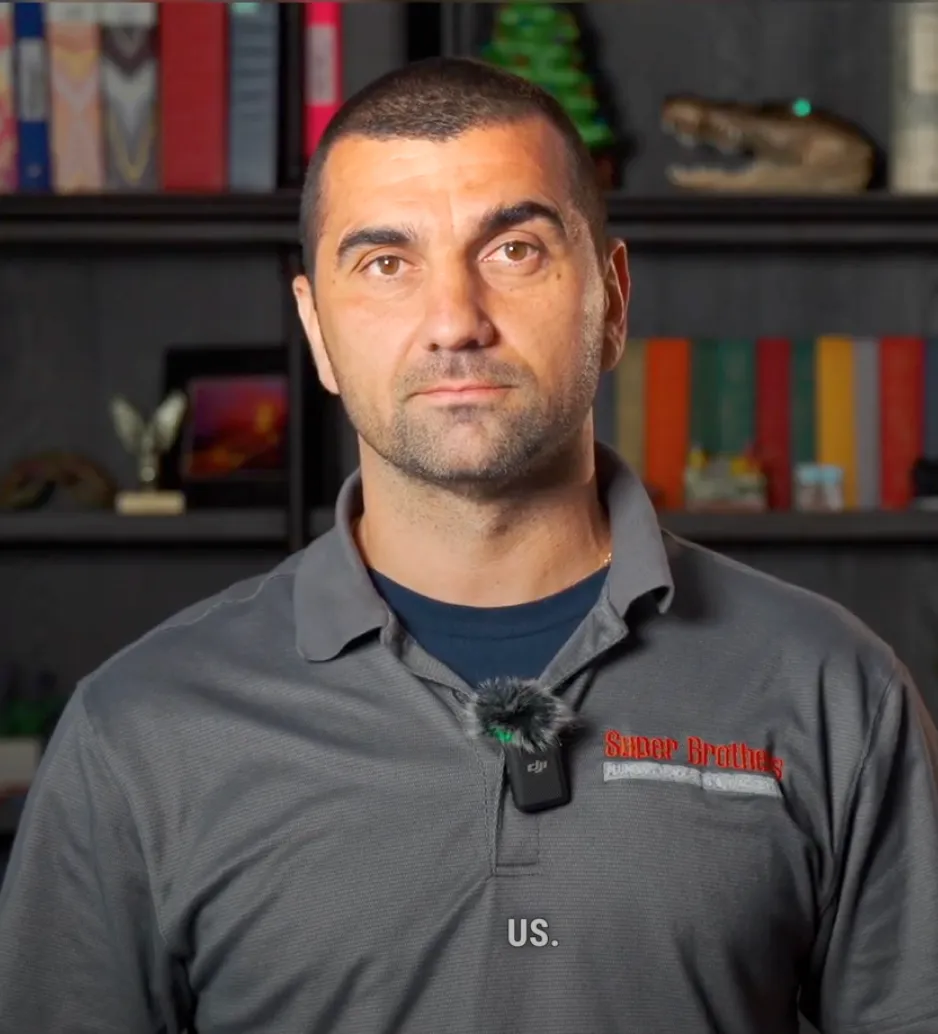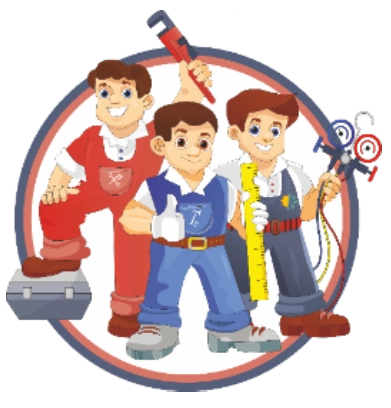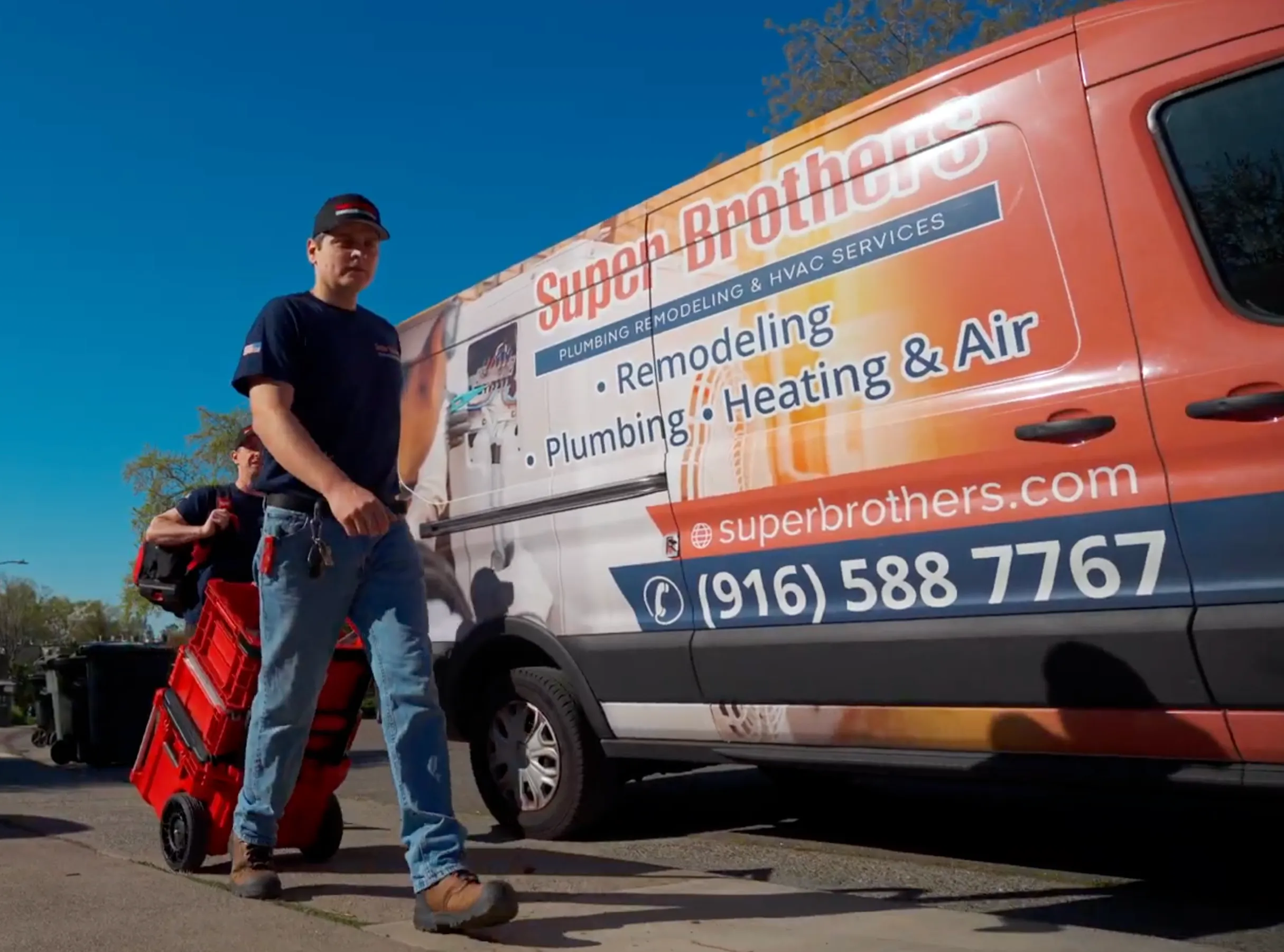Cast iron sewer pipes have a long history and remain a notable part of plumbing systems in older homes and buildings. While these pipes have proven durable and reliable over the years, they also come with a range of challenges. Understanding their history, usage, and common problems is key to maintaining or replacing these systems effectively.
The Origins of Cast Iron Sewer Pipes
The use of cast iron pipes dates back to the early 1800s in the United States, initially for water distribution. By the late 19th century, cast iron pipes became a staple in waste disposal systems. By the 1890s, the cast iron soil pipe industry was well-established, and these pipes were known for their durability and strength.
Cast iron pipes were particularly valued for their ability to last longer than other materials available at the time. They became standard for residential, municipal, and industrial sewer systems, thanks to their robustness and resistance to pressure.
The Shift to PVC Pipes
In the late 1960s and early 1970s, the introduction of plastic piping, especially PVC (polyvinyl chloride), marked a turning point in sewer pipe technology. PVC pipes quickly gained popularity due to their affordability, ease of installation, and lightweight nature. Despite this shift, many homes and buildings constructed during the 1970s and earlier still have cast iron sewer pipes in place.
Common Problems with Cast Iron Sewer Pipes
While cast iron pipes are known for their strength, they are not immune to issues. Over time, several problems have been identified, which can lead to costly repairs or replacements if left unaddressed.
1. Variation in Quality
Early production of cast iron pipes often suffered from inconsistencies in quality. During the industry’s competitive boom, some manufacturers prioritized cost-cutting over quality, leading to defective or substandard pipes. These issues became more evident over time as the pipes aged and began to fail prematurely.
2. Labor-Intensive Installation and Maintenance
Installing and maintaining cast iron pipes is a specialized task that requires specific tools and skills. Unlike PVC pipes, which are easier to handle and install, cast iron pipes demand traditional methods of assembly and repair.
- Installation Challenges: Many modern plumbers lack experience working with cast iron due to the shift to newer materials. This can lead to improper installation or delays in repair work.
- Maintenance Requirements: When maintained properly, cast iron pipes resist rust, breakage, and shifts. However, improper care and exposure to adverse environmental conditions can accelerate deterioration.
3. Corrosion and Internal Deterioration
Corrosion is one of the most significant issues affecting cast iron sewer pipes. Factors contributing to corrosion include:
- Chemical Exposure: Chemicals dumped down drains can lower the pH level of the wastewater, making it more acidic. Acidic environments accelerate internal corrosion of the pipes, leading to leaks and blockages.
- Soil Acidity: Changes in soil composition due to human activities, like the use of fertilizers, can also increase the risk of external corrosion.
- Rust Build-Up: Over time, rust can weaken the structural integrity of the pipes, causing leaks and potentially contaminating the surrounding environment.
4. Soil Shifting and Structural Damage
Shifting soil and building foundations can cause significant damage to cast iron pipes, particularly at the joints. Common causes include:
- Tree Roots: Tree roots are notorious for infiltrating and damaging sewer lines, including cast iron pipes.
- Natural Soil Movement: Soil settling or shifting can misalign or break pipes.
- Manual Excavation: Digging for landscaping or construction projects can accidentally damage underground pipes.
Even high-quality cast iron pipes are susceptible to these external forces, potentially shortening their lifespan and requiring expensive repairs.
Identifying Problems in Cast Iron Sewer Pipes
To avoid costly surprises, regular inspections are essential for assessing the condition of cast iron sewer pipes. Here are some steps homeowners and property managers can take:
1. Use a Sewer Camera Inspection
A sewer camera inspection allows plumbers to assess the interior of the pipes. This method can identify internal corrosion, blockages, and cracks that may not be visible from the outside.
2. Check for Visible Signs of Deterioration
Look for the following signs that may indicate failing cast iron pipes:
- Slow-draining sinks, showers, or tubs.
- Unpleasant odors near drains.
- Water pooling or discoloration around the foundation of the property.
Replacement vs. Repair
When cast iron pipes show significant wear, deciding between repair and replacement is crucial.
When to Repair:
- Minor cracks or leaks that can be sealed.
- Small sections of pipe that are accessible and can be patched.
When to Replace:
- Widespread corrosion throughout the system.
- Frequent blockages or backups despite regular cleaning.
- Structural damage caused by shifting soil or tree roots.
Preventative Measures to Extend the Life of Cast Iron Pipes
While cast iron pipes are durable, their longevity can be extended with proper care and maintenance:
- Regular Cleaning: Use professional drain cleaning methods, such as hydro jetting, to remove debris and prevent blockages.
- pH Balancing: Avoid dumping harsh chemicals down the drain. Opt for environmentally friendly cleaning products.
- Root Barriers: Install root barriers to protect underground pipes from tree root intrusion.
- Proactive Inspections: Schedule regular inspections with a professional plumber to catch issues early.
Advantages of Replacing Cast Iron with PVC Pipes
If replacement is necessary, consider switching to PVC pipes, which offer several advantages over cast iron:
- Lightweight and Easy to Install: PVC pipes reduce labor costs and installation time.
- Cost-Effective: PVC is more affordable than cast iron.
- Corrosion-Resistant: Unlike cast iron, PVC pipes do not rust or corrode.
- Long Lifespan: PVC pipes can last for decades with minimal maintenance.
Super Brothers: Your Partner in Cast Iron Pipe Maintenance and Replacement
If your home or property still relies on cast iron sewer pipes, it’s essential to address potential issues before they escalate. At Super Brothers, we specialize in assessing, repairing, and replacing cast iron sewer systems to ensure your plumbing works flawlessly.
Don’t wait for a small leak to turn into a major disaster. Contact Super Brothers today for a comprehensive inspection and personalized solutions tailored to your needs. With our expertise, your plumbing system will remain reliable for years to come.


